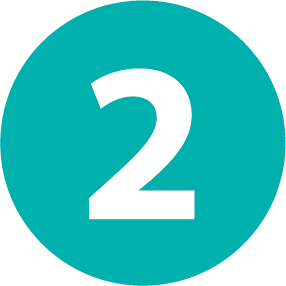
Foster Student SEL Competencies: Embed SEL Explanations Into Daily Check-Ins and Student Self-Management
Done right, embedding SEL into our instruction builds a more supportive and equitable classroom environment. Both teacher-to-student and student-to-student interactions improve as the focus is on developing relationships through awareness, communication, and reflection.
– Ashley Taplin

INTRO
Embedding social and emotional learning (SEL) into instruction is a powerful way to help students connect and engage in learning. Sharing with students the WHY behind SEL content, just as we do with academic content, is critical. Self-awareness and self-management exercises are great opportunities to explain why you are checking in.
OBJECTIVES
- Help students connect and engage in learning through embedding social and emotional learning (SEL) into instruction
- Students are able to cultivate, practice, and reflect on social and emotional competencies
Embedding social and emotional learning (SEL) into instruction is a powerful way to help students connect and engage in learning. Sharing with students the WHY behind SEL content, just as we do with academic content, is critical.
Explaining why we check in, why we ask students to pair up, or why we work through different problem-solving strategies is core to a successful SEL approach.
The below two SEL activities provide an opportunity for this kind of explicit communication.
 Self-Awareness
Self-Awareness
Starting a lesson with a check-in is a great way to help students practice self-awareness (an understanding of one’s inner life and how that affects behavior and decision-making). Doing so also gives teachers a sense of students’ emotional entry point to learning.
Example:
Try saying, “We’re doing this check-in as a way for you and me to be aware of your energy level before beginning today’s lesson.”
Checking-In Starter Screens from Desmos and SEL Templates from Pear Deck (you will need a Pear Deck login) offer models that teachers can adapt to a virtual or in-person environment, and allow students to engage through the technology.
 Self-Management
Self-Management
Guiding students toward setting goals and defining actionable steps to achieve those goals is one way to cultivate a student’s sense of self-management. As students plan for and take initiative toward that goal (such as keeping track of when assignments are due and managing their time), they demonstrate key aspects of self-management.
Example:
Try saying, “When you set a goal based on today’s target, we will be working on self-management to achieve it.”











Responses